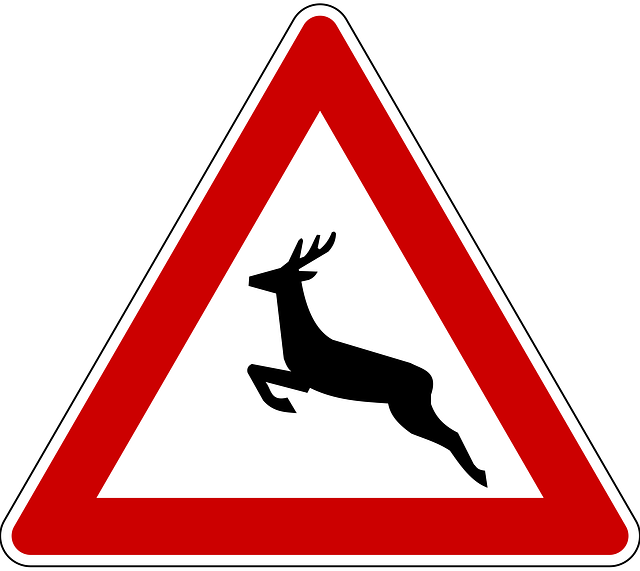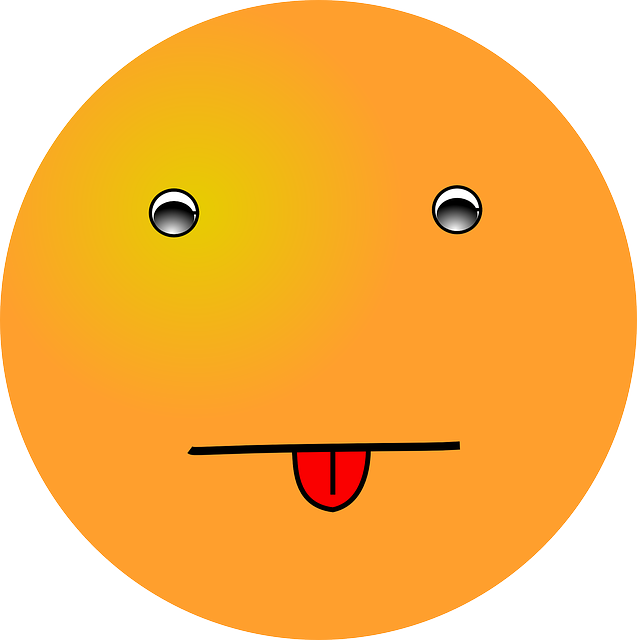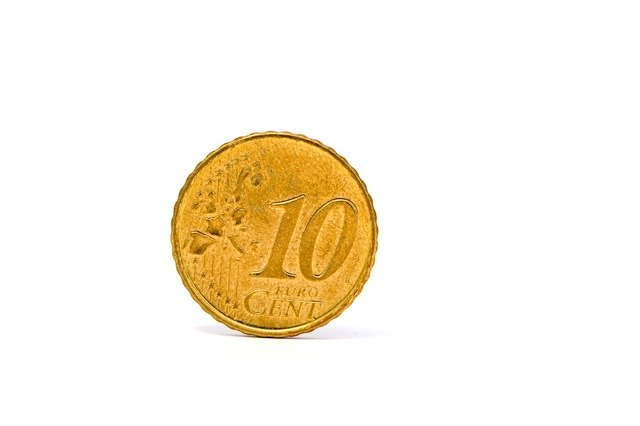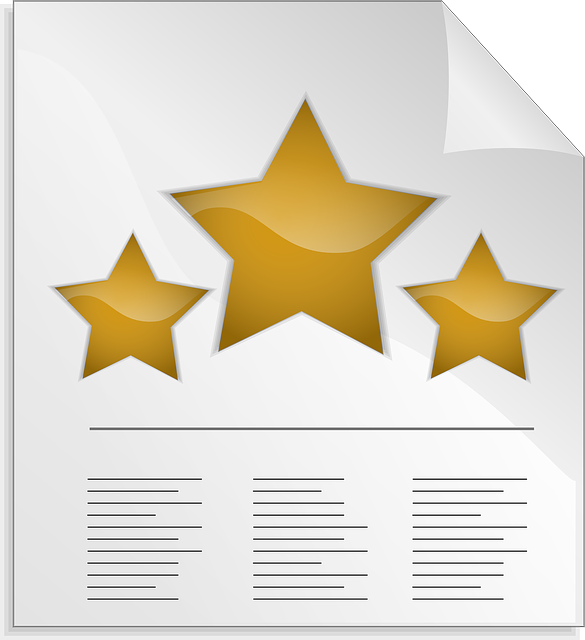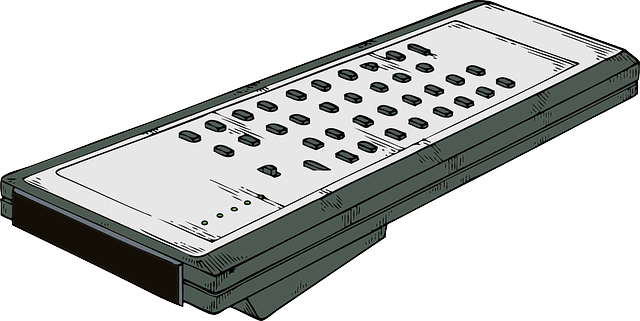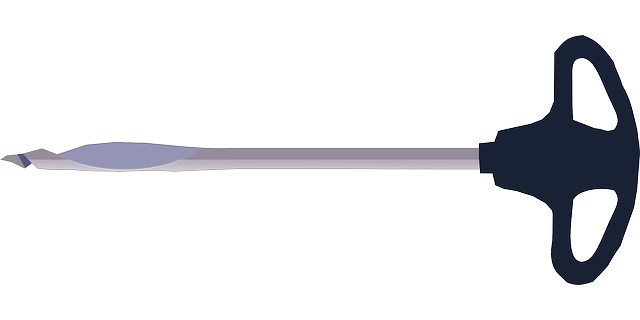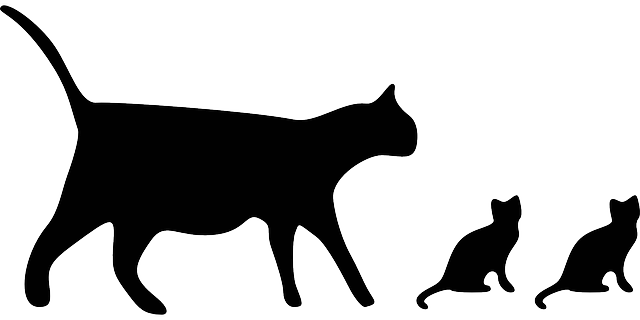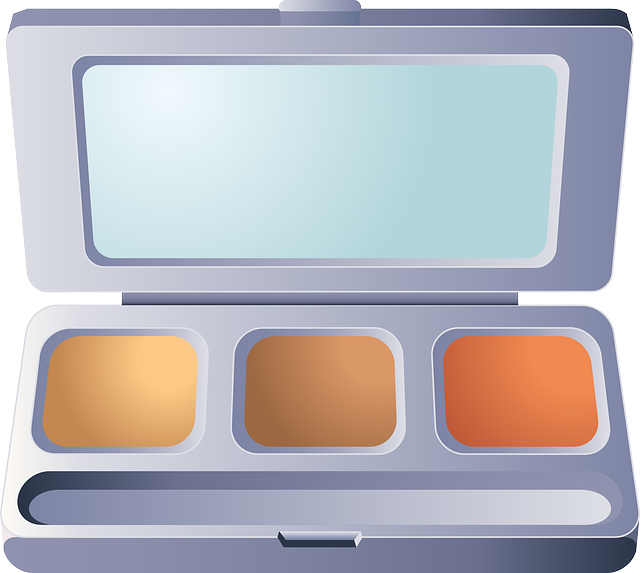الاتحاد الدولي للكيمياء البحتة والتطبيقية
|
IUPAC logo
| |
| الاختصار | IUPAC |
|---|---|
| الشعار | Advancing Chemistry Worldwide |
| التشكل | 1919 |
| النوع | INGO, standards organization |
| المقر الرئيسي | Research Triangle Park, North Carolina, United States |
| Region served | Worldwide |
| اللغة الرسمية | English |
| President | Qi-Feng Zhou (China) |
| المسقط الإلكتروني | IUPAC.org |
الاتحاد الدولي للكيمياء البحتة والتطبيقية (IUPAC) هومنظمة دولية غير حكومية تسعى لتنمية الكيمياء. ومن Hعضائها المجتمع الدولي للكيمياء. وتعهد المنظمة على أنها الهيئة المعترف بها لتطوير المعايير القياسية لتسمية العناصر الكميميائية ومركباتها، عن طريق قسمها مجتمع التسمية ووضع الرموز تسمية IUPAC. والمنظمة تنتمي إلى المجلس الدولي للعلوم (ICSU).
الإنشاء والتاريخ
اللجان والحوكمة
| Committee name (abbreviation) | Responsibilities |
|---|---|
| Bureau |
|
| Physical and Biophysical Chemistry Division (Division I) |
|
| Inorganic Chemistry Division (Division II) |
|
| Organic and Biomolecular Chemistry Division (Division III) |
|
| Polymer Division (Division IV) |
|
| Analytical Chemistry Division (Division V) |
|
| Chemistry and the Environment Division (Division VI) |
|
| Chemistry and Human Health Division (Division VII) |
|
|
Chemical Nomenclature and Structure Representation Division (Division VIII) |
|
| CHEMRAWN Committee (Chem Research Applied to World Needs) |
|
| Committee on Chemistry Education (CCE) |
|
| Committee on Chemistry and Industry (COCI) |
|
| Committee on Electronic and Printed Publications (CPEP) |
|
| Evaluation Committee (EvC) |
|
| Executive Committee (EC) |
Current officers of the Executive Committee:
|
| Finance Committee (FC) |
|
| Interdivisional Committee on Green Chemistry for Sustainable Development (ICGCSD) |
|
| Interdivisional Committee on Terminology (ICTNS) |
|
| Project Committee (PC) |
|
| Pure and Applied Chemistry Editorial Advisory Board (PAC-EAB) |
|
الإصطلاحات
اصطلاحات عضوية
Another example of IUPAC organic nomenclature is cyclohexanol:
- The substituent name for a ring compound is cyclo.
- The indication (substituent name) for a six carbon chain is hex.
- The chemical ending for a single bonded carbon chain is ane
- The chemical ending for an alcohol is ol
- The two chemical endings are combined for an ending of anol indicating a single bonded carbon chain with an alcohol attached to it.
Inorganic nomenclature
Basic IUPAC inorganic nomenclature has two main parts: the cation and the anion. The cation is the name for the positively charged ion and the anion is the name for the negatively charged ion.
An example of IUPAC nomenclature of inorganic chemistry is potassium chlorate (KClO3):
- "Potassium" is the cation name.
- "Chlorate" is the anion name.
Amino acid and nucleotide base codes
| Nucleic acid code | Meaning | Mnemonic |
|---|---|---|
| A | A | denine |
| C | C | ytosine |
| G | G | uanine |
| T | T | hymine |
| U | U | racil |
| R | A or G | ine |
| Y | C, T or U | rimidines |
| K | G, T or U | Bases which are etones |
| M | A or C | Bases with ino groups |
| S | C or G | Strong interaction |
| W | A, T or U | Weak interaction |
| B | Not A (i.e. C, G, T or U) | B comes after A |
| D | Not C (i.e. A, G, T or U) | D comes after C |
| H | Not G (i.e., A, C, T or U) | H comes after G |
| V | Neither T nor U (i.e. A, C or G) | V comes after U |
| N | A C G T U | Nucleic acid |
| X | Masked | |
| - | Gap of indeterminate length |
The codes for amino acids (24 amino acids and three special codes) are:
| Amino acid code | Meaning |
|---|---|
| A | Alanine |
| B | Aspartic acid or asparagine |
| C | Cysteine |
| D | Aspartic acid |
| E | Glutamic acid |
| F | Phenylalanine |
| G | Glycine |
| H | Histidine |
| I | Isoleucine |
| J | Leucine or isoleucine |
| K | Lysine |
| L | Leucine |
| M | Methionine |
| N | Asparagine |
| O | Pyrrolysine |
| P | Proline |
| Q | Glutamine |
| R | Arginine |
| S | Serine |
| T | Threonine |
| U | Selenocysteine |
| V | Valine |
| W | Tryptophan |
| Y | Tyrosine |
| Z | Glutamic acid or glutamine |
| X | Any |
| * | Translation stop |
| - | Gap of indeterminate length |
Publications
Non-series books
| Book name | Description |
|---|---|
| Principles and Practices of Method Validation |
Principles and Practices of Method Validation is a book entailing methods of validating and analyzing many analytes taken from a single aliquot. Also, this book goes over techniques for analyzing many samples at once. Some methods discussed include: chromatographic methods, estimation of effects, matrix induced effects, and the effect of an equipment setup on an experiment. |
| Fundamental Toxicology |
Fundamental Toxicology is a textbook that proposes a curriculum for toxicology courses.Fundamental Toxicology is based on the book Fundamental Toxicology for Chemists.Fundamental Toxicology is enhanced through many revisions and updates. New information added in the revisions includes: risk assessment and management; reproductive toxicology; behavioral toxicology; and ecotoxicology. This book is relatively well received as being useful for reviewing chemical toxicology. |
| Macromolecular Symposia |
Macromolecular Symposia is a journal that publishes fourteen issues a year. This journal includes contributions to the macromolecular chemistry and physics field. The meetings of IUPAC are included in this journal along with the European Polymer Federation, the American Chemical Society, and the Society of Polymer Science in Japan. |
Experimental Thermodynamics book series
The Experimental Thermodynamics books series covers many topics in the fields of thermodynamics.
| Book | Description |
|---|---|
| Measurement of the Transport Properties of Fluids |
Measurement of the Transport Properties of Fluids is a book that is published by Blackwell Science. The topics that are included in this book are low and high temperature measurements, secondary coefficients, diffusion coefficients, light scattering, transient methods for thermal conductivity, methods for thermal conductivity, falling-body viscometers, and vibrating viscometers. |
| Solution Calorimetry |
Solution Calorimetry is a book that gives background information on thermal analysis and calorimetry. Thermoanalytical and calorimetric techniques along with thermodynamic and kinetic properties are also discussed. Later volumes of this book discuss the applications and principles of these thermodynamic and kinetic methods. |
| Equations of State for Fluids and Fluid Mixtures Part I |
Equations of State for Fluids and Fluid Mixtures Part I is a book that gives up to date equations of state for fluids and fluid mixtures. This book covers all ways to develop equations of state. It gives the strengths and weaknesses of each equation. Some equations discussed include: virial equation of state cubic equations; generalized Van der Waals equations; integral equations; perturbation theory; and stating and mixing rules. Other things that Equations of State for Fluids and Fluid Mixtures Part I goes over are: associating fluids, polymer systems, polydisperse fluids, self-assembled systems, ionic fluids, and fluids near their critical points. |
| Measurement of the Thermodynamic Properties of Single Phases |
Measurement of the Thermodynamic Properties of Single Phases is a book that gives an overview of techniques for measuring the thermodynamic quantities of single phases. It also goes into experimental techniques to test many different thermodynamic states precisely and accurately. Measurement of the Thermodynamic Properties of Single Phases was written for people interested in measuring thermodynamic properties. |
| Measurement of the Thermodynamic Properties of Multiple Phases |
Measurement of the Thermodynamic Properties of Multiple Phases is a book that includes multiple techniques that are used to study multiple phases of pure component systems. Also included in this book are the measurement techniques to obtain activity coefficients, interfacial tension, and critical parameters. This book was written for researchers and graduate students as a reference source. |
Series of books on analytical and physical chemistry of environmental systems
| Book name | Description |
|---|---|
| Atmospheric Particles |
Atmospheric Particles is a book that delves into aerosol science. This book is aimed as a reference for graduate students and atmospheric researchers. Atmospheric Particles goes into depth on the properties of aerosols in the atmosphere and their effect. Topics covered in this book are: acid rain; heavy metal pollution; global warming; and photochemical smog. Atmospheric Particles also covers techniques to analyze the atmosphere and ways to take atmospheric samples. |
| Environmental Colloids and Particles: Behaviour, Separation and Characterisation |
Environmental Colloids and Particles: Behaviour, Separation and Characterisation is a book that discusses environmental colloids and current information available on them. This book focuses on environmental colloids and particles in aquatic systems and soils. It also goes over techniques such as: techniques for sampling environmental colloids, size fractionation, and how to characterize of colloids and particles. Environmental Colloids and Particles: Behaviour, Separation and Characterisation also delves into how these colloids and particles interact. |
| Biophysical Chemistry of Fractal Structures and Processes in Environmental Systems |
Biophysical Chemistry of Fractal Structures and Processes in Environmental Systems is meant to give an overview of a technique based on fractal geometry and the processes of environmental systems. This book gives ideas on how to use fractal geometry to compare and contrast different ecosystems. It also gives an overview of the knowledge needed to solve environmental problems. Finally, Biophysical Chemistry of Fractal Structures and Processes in Environmental Systems shows how to use the fractal approach to understand the reactivity of flocs, sediments, soils, microorganisms and humic substances. |
| Interactions Between Soil Particles and Microorganisms: Impact on the Terrestrial Ecosystem |
Interactions Between Soil Particles and Microorganisms: Impact on the Terrestrial Ecosystem is meant to be read by chemists and biologists that study environmental systems. Also, this book should be used as a reference for earth scientists, environmental geologists, environmental engineers, and professionals in microbiology and ecology. Interactions Between Soil Particles and Microorganisms: Impact on the Terrestrial Ecosystem is about how minerals, microorganisms, and organic components work together to affect terrestrial systems. This book identifies that there are many different techniques and theories about minerals, microorganisms, and organic components individually, but they are not often associated with each other. It further goes on to discuss how these components of soil work together to affect terrestrial life. Interactions Between Soil Particles and Microorganisms: Impact on the Terrestrial Ecosystem gives techniques to analyze minerals, microorganisms, and organic components together. This book also has a large section positing why environmental scientists working in the specific fields of minerals, microorganisms, and organic components of soil should work together and how they should do so. |
| The Biogeochemistry of Iron in Seawater |
The Biogeochemistry of Iron in Seawater is a book that describes how low concentrations of iron in Antarctica and the Pacific Ocean are a result of reduced chlorophyll for phytoplankton production. It does this by reviewing information from research in the 1990s. This book goes into depth about: chemical speciation; analytical techniques; transformation of iron; how iron limits the development of high nutrient low chlorophyll areas in the Pacific Ocean. |
| In Situ Monitoring of Aquatic Systems: Chemical Analysis and Speciation |
In Situ Monitoring of Aquatic Systems: Chemical Analysis and Speciation is a book that discusses techniques and devices to monitor aquatic systems and how new devices and techniques can be developed. This book emphasizes the future use of micro-analytical monitoring techniques and microtechnology. In Situ Monitoring of Aquatic Systems: Chemical Analysis and Speciation is aimed at researchers and laboratories that analyze aquatic systems such as rivers, lakes, and oceans. |
| Structure and Surface Reactions of Soil Particles |
Structure and Surface Reactions of Soil Particles is a book about soil structures and the molecular processes that occur in soil. Structure and Surface Reactions of Soil Particles is aimed at any researcher researching soil or in the field of anthropology. It goes into depth on topics such as: fractal analysis of particle dimensions; computer modeling of the structure; reactivity of humics; applications of atomic force microscopy; and advanced instrumentation for analysis of soil particles. |
| Metal Speciation and Bioavailability in Aquatic Systems, Series on Analytical and Physical Chemistry of Environmental Systems Vol. 3 |
Metal Speciation and Bioavailability in Aquatic Systems, Series on Analytical and Physical Chemistry of Environmental Systems Vol. 3 is a book about the effect of trace metals on aquatic life. This book is considered a specialty book for researchers interested in observing the effect of trace metals in the water supply. This book includes techniques to assess how bioassays can be used to evaluate how an organism is affected by trace metals. Also, Metal Speciation and Bioavailability in Aquatic Systems, Series on Analytical and Physical Chemistry of Environmental Systems Vol. 3 looks at the limitations of the use of bioassays to observe the effects of trace metals on organisms. |
| Physicochemical Kinetics and Transport at Biointerfaces |
Physicochemical Kinetics and Transport at Biointerfaces is a book created to aid environmental scientists in field work. The book gives an overview of chemical mechanisms, transport, kinetics, and interactions that occur in environmental systems. Physicochemical Kinetics and Transport at Biointerfaces continues from where Metal Speciation and Bioavailability in Aquatic Systems leaves off. |
Colored cover book and website series (nomenclature)
IUPAC color code their books in order to make each publication distinguishable.
| Title | Description |
|---|---|
| Compendium of Analytical Nomenclature |
One extensive book on almost all nomenclature written (IUPAC nomenclature of organic chemistry and IUPAC nomenclature of inorganic chemistry) by IUPAC committee is the Compendium of Analytical Nomenclature – The Orange Book, 1st edition (1978) This book was revised in 1987. The second edition has many revisions that come from reports on nomenclature between 1976 and 1984. In 1992, the second edition went through many different revisions which led to the third edition. |
| Pure and Applied Chemistry (journal) |
Pure and Applied Chemistry is the official monthly journal of IUPAC. This journal debuted in 1960. The goal statement for Pure and Applied Chemistry is to "publish highly topical and credible works at the forefront of all aspects of pure and applied chemistry." The journal itself is available by subscription, but older issues are available in the archive on IUPAC's website. Pure and Applied Chemistry was created as a central way to publish IUPAC endorsed articles. Before its creation, IUPAC did not have a quick, official way to distribute new chemistry information. Its creation was first suggested at the Paris IUPAC Meeting of 1957. During this meeting the commercial publisher of the journal was discussed and decided on. In 1959, IUPAC Pure and Applied Chemistry Editorial Advisory Board was created and put in charge of the journal. The idea of one journal being a definitive place for a vast amount of chemistry was difficult for the committee to grasp at first. However, it was decided that the journal would reprint old journal editions to keep all chemistry knowledge available. |
| Compendium of Chemical Terminology |
The Compendium of Chemical Terminology, also known as the "Gold Book", was originally worked on by Victor Gold. This book is a collection of names and terms already discussed in Pure and Applied Chemistry. The Compendium of Chemical Terminology was first published in 1987. The first edition of this book contains no original material, but is meant to be a compilation of other IUPAC works. The second edition of this book was published in 1997. This book made large changes to the first edition of the Compendium of Chemical Terminology. These changes included updated material and an expansion of the book to include over seven thousand terms. The second edition was the topic of an IUPAC XML project. This project made an XML version of the book that includes over seven thousand terms. The XML version of the book includes an open editing policy, which allows users to add excerpts of the written version. |
| IUPAC Nomenclature of Organic Chemistry (online publication) | IUPAC Nomenclature of Organic Chemistry, also known as the "Blue Book", is a website published by the Advanced Chemistry Department Incorporated with the permission of IUPAC. This site is a compilation of the books A Guide to IUPAC Nomenclature of Organic Compounds and Nomenclature of Organic Chemistry. |
International Year of Chemistry
IUPAC Presidents
IUPAC Presidents are elected by the IUPAC Council during the General Assembly. Below is the list of IUPAC Presidents since its inception in 1919.
| Term | President | Nationality |
|---|---|---|
| 1920-1922 | Charles Moureu | فرنسا |
| 1923-1925 | William Jackson Pope | المملكة المتحدة |
| 1926-1928 | Ernst Julius Cohen | هولندا |
| 1928-1934 | Einar Biilman | دانمارك |
| 1934-1938 | N. Paravano | إيطاليا |
| 1938-1947 | Marston Taylor Bogert |
|
| 1947-1951 | Hugo Rudolph Kruyt | هولندا |
| 1951-1955 | Arne Tiselius | السويد |
| 1955-1959 | Arthur Stoll | سويسرا |
| 1959-1963 | William Albert Noyes Jr. |
|
| 1963-1965 | Lord Todd | المملكة المتحدة |
| 1965-1967 | Wilhelm Klemm | ألمانيا |
| 1967-1969 | V.N. Kondratiev | الاتحاد السوڤيتي |
| 1969-1971 | Albert Lloyd George Rees | أستراليا |
| 1971-1973 | Jacques Bénard | فرنسا |
| 1973-1975 | Sir Harold Thompson | المملكة المتحدة |
| 1975-1977 | Robert W. Cairns |
|
| 1977-1979 | Georges Smets | بلجيكا |
| 1979-1981 | Heinrich Zollinger | سويسرا |
| 1981-1983 | Saburo Nagakura | اليابان |
| 1983-1985 | William G. Schneider | كندا |
| 1985-1987 | C.N.R. Rao | الهند |
| 1987-1989 | Valentin A. Koptyug | الاتحاد السوڤيتي |
| 1989-1991 | Yves P. Jeannin | فرنسا |
| 1991-1993 | Allen J. Bard |
|
| 1993-1995 | Kiril I. Zamaraev | روسيا |
| 1996-1997 | Albert E. Fischli | سويسرا |
| 1998-1999 | Joshua Jortner |
|
| 2000-2001 | Alan Hayes | المملكة المتحدة |
| 2002-2003 | Pieter Streicher Steyn | جنوب أفريقيا |
| 2004-2005 | Leiv Kristen Sydnes | نرويج |
| 2006-2007 | Bryan Henry | كندا |
| 2008-2009 | Jung-Il Jin | كوريا الجنوبية |
| 2010-2011 | Nicole J. Moreau | فرنسا |
| 2012-2013 | Kazuyuki Tatsumi | اليابان |
| 2014-2015 | Mark Cesa |
|
| 2016-2017 | Natalia Tarasova | روسيا |
| 2018-2019 | Qi-Feng Zhou | الصين |
| 2020-2021 | Christopher M.A. Brett | البرتغال |
انظر أيضاً
- CAS registry number
- Chemical nomenclature
- Commission on Isotopic Abundances and Atomic Weights
- European Association for Chemical and Molecular Sciences
- Institute for Reference Materials and Measurements (IRMM)
- International Chemical Identifier (InChI)
- International Union of Pure and Applied Physics (IUPAP)
- International Union of Biochemistry and Molecular Biology (IUBMB)
- List of chemical elements naming controversies
- National Institute of Standards and Technology (NIST)
- Simplified molecular-input line-entry system (SMILES)
المراجع
- ^ "Our Leadership". IUPAC. Retrieved 5 January 2018.
- ^ IUPAC news and references Archived 26 July 2011 at the Wayback Machine. retrieved 15 April 2010
-
^ خطأ استشهاد: وسم
<ref>غير سليم؛ لا نص تم توفيره للمراجع المسماةCHEMRAWN activities - ^ Chemistry Education Archived 23 August 2010 at the Wayback Machine. retrieved 15 April 2010
- ^ Chemistry and Industry Archived 23 August 2010 at the Wayback Machine. retrieved 15 April 2010
- ^ Committee on Electronic and Printed Publications webpage Archived 30 March 2010 at the Wayback Machine. retrieved 15 April 2010
-
^ خطأ استشهاد: وسم
<ref>غير سليم؛ لا نص تم توفيره للمراجع المسماةEvaluation Committee - ^ Executive Committee meeting[] retrieved 15 April 2010
- ^ Executive Committee Page Archived 23 August 2010 at the Wayback Machine. retrieved 15 April 2010
- ^ Finance Committee web page Archived 23 August 2010 at the Wayback Machine. retrieved 15 April 2010
-
^ خطأ استشهاد: وسم
<ref>غير سليم؛ لا نص تم توفيره للمراجع المسماةInterdivisional Committee on Terminology -
^ خطأ استشهاد: وسم
<ref>غير سليم؛ لا نص تم توفيره للمراجع المسماةProject Committee -
^ خطأ استشهاد: وسم
<ref>غير سليم؛ لا نص تم توفيره للمراجع المسماةPure and Applied Chemistry Editorial Advisory Board - ^ خطأ استشهاد: وسم
<ref>غير سليم؛ لا نص تم توفيره للمراجع المسماةChemistry The Central Science -
^ خطأ استشهاد: وسم
<ref>غير سليم؛ لا نص تم توفيره للمراجع المسماةOrganic Chemistry I As a Second Language: Translating the Basic Concepts - ^ "Gold Book web page". Old.iupac.org. 19 October 2006. Archived from the original on 25 May 2011. Retrieved 8 June 2011.
- ^ Flipkart Review of Principles and Practices of Method Validation Archived 12 March 2010 at the Wayback Machine. retrieved 15 April 2010
- ^ Fundamental Toxicology review on amazon retrieved 15 April 2010
- ^ Fundamental Toxicology review on rsc.org Archivedسبعة January 2009 at the Wayback Machine. retrieved 15 April 2010
- ^ Macromolecular Symposia Archived ثلاثة March 2010 at the Wayback Machine. retrieved 15 April 2010
- ^ Measurement of the Transport Properties of Fluids review on Amazon retrieved 15 April 2010
- ^ Solution Calorimetry review on Amazon retrieved 15 April 2010
- ^ Equations of State for Fluids and Fluid Mixtures part I review on Amazon retrieved 15 April 2010
- ^ Flipkart review of Measurement of the Thermodynamic properties of Single Phases retrieved 15 April 2010
- ^ Measurement of the Thermodynamic Properties of Multiple Phases review on Amazon retrieved 15 April 2010
- ^ Flipkart review of Atmospheric Particles retrieved 15 April 2010
- ^ Amazon Review of Environmental Colloids and Particles: Behaviour, Separation, and Characterisation retrieved 15 April 2010
- ^ Wiley on Biophysical Chemistry of Fractal Structures and Processes in Environmental Systems Archivedسبعة June 2011 at the Wayback Machine.. New York: Wiley. Retrieved 15 April 2010
- ^ Flipkart review of Interactions Between Soil Particles and Microorganisms: Impact on the Terrestrial Ecosystem. Retrieved 15 April 2010.
- ^ SciTech Book News, Vol. 26, No. 2, June 2002.
- ^ Review of Biogeochemistry of Iron in Seawater retrieved 15 April 2010
- ^ Monitoring of Aquatic Systems: Chemical Analysis and Speciation from Barnes and Noble Archivedسبعة June 2011 at the Wayback Machine.. Retrieved 15 April 2010
- ^ Review of Structure and Surface Reactions of Soil Particles Archived 21 July 2011 at the Wayback Machine. retrieved 15 April 2010
- ^ Metal Speciation and Bioavailability in Aquatic Systems. Series on Analytical and Physical Chemistry of Environmental Systems Vol. 3. Review on Amazon. Retrieved 15 April 2010
- ^ Physicochemical Kinetics and Transport at Biointerfaces review retrieved 15 April 2010
- ^ خطأ استشهاد: وسم
<ref>غير سليم؛ لا نص تم توفيره للمراجع المسماةHistory of IUPAC - ^ IUPAC orange book publication history[]
- ^ Orange Book Preamble Archivedثمانية February 2012 at the Wayback Machine. retrieved 15 April 2010
- ^ IUPAC Pure and Applied Chemistry Archived 11 June 2012 at the Wayback Machine. retrieved 15 April 2010
- ^ IUPAC Pure and Applied Chemistry Issue 1 Archived أربعة October 2011 at the Wayback Machine. retrieved 15 April 2010
- ^ Gold Book Online Archived 24 November 2016 at the Wayback Machine. retrieved 15 April 2010
- ^ Online version of Blue Book Archivedثمانية June 2011 at the Wayback Machine. retrieved 15 April 2010
- ^ "PAST OFFICERS OF IUPAC". iupac.org.
External links
- Official website
- Panel on Biochemical Thermodynamics (1994). "Recommendations for nomenclature and tables in biochemical thermodynamics". G. P. Moss, Queen Mary University of London.




